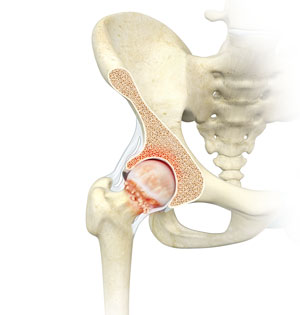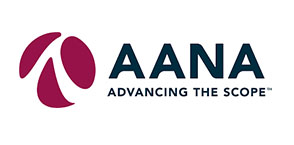
What are Hip Bone Spurs?
Hip bone spurs are bony projections that may develop near the junction of the hip bones at the hip joint and at areas where muscles, tendons, and ligaments are attached.
Causes of Hip Bone Spurs
Bone spurs develop as the body attempts to repair areas of bone damage. Common factors associated with the development of hip bone spurs include:
- Osteoarthritis(age-related wear and tear of cartilage at the joints)
- Trauma to the hip
- Obesity
- Poor posture
Symptoms of Hip Bone Spurs
Most hip bone spurs cause no signs or symptoms and may be observed incidentally on an X-ray. In some cases, you may experience symptoms that include:
- Painful hip movement
- Reduced hip range of motion
- Sensation of pain in the thighs and buttocks
- Weakness, numbness
Diagnosis of Hip Bone Spurs
Your doctor will review your medical history and symptoms and perform a physical examination. Imaging tests such as X-rays, CT scans, or MRI scans may be used to identify the bone spur and the damage it is causing to the surrounding structures.
Treatment for Hip Bone Spurs
Pain and discomfort due to hip bone spurs can be managed by nonsurgical treatment including rest, ice, compression, activity modification. If these measures fail, you may require:
- Medications: Non-steroidal anti-inflammatory drugs (NSAIDs) and muscle relaxant medications initially provide pain relief and reduce swelling.
- Steroid injections: Cortisone (steroid) injections have a stronger anti-inflammatory effect and are administered around the area of the bone spurs to decrease swelling and pain.
In severe cases, surgical removal of the bone spur may be recommended.
Related Topics
- Hip Bursitis
- Femoroacetabular Impingement
- Hip Synovitis
- Osteoarthritis of the Hip
- Hip Pain
- Hip Labral Tear
- Hip Ligament Injuries
- Hip Injury
- Gluteus Tendon Tear
- Hip Dislocation
- Gluteus Medius Tear
- Hip Instability
- Snapping Hip Syndrome
- Developmental Dysplasia
- Hip Adductor Injuries
- Acetabular Pincer Deformity
- Os Acetabuli
- Ischiofemoral Impingement
- Gluteal Strain
- Groin Strain
- Femoral Cam Deformity
- Hip Bone Cysts
- Ischial Bursitis
- Athletic Pubalgia
- Femoral Subchondral Cysts
- Labral Cysts of the Hip
- Greater Trochanteric Pain Syndrome
- Hip Flexor Strain
- Hip Bone Spurs
- Trochanteric Bursitis
- Iliopsoas Tendonitis
- Stress Fractures of the Hip
- Avulsion Fractures of the Pelvis
- Borderline Hip Dysplasia
- Iliopsoas Impingement
- Hip Flexor Pain
- Avascular Necrosis
- Hip and Groin Disorders
- Hip Abductor Tears
- Irritable Hip
- Hip Tendonitis
- Hip Pointer
- Transient Osteoporosis of the Hip
- Groin Injuries in Athletes
- Hip Osteonecrosis
- Partial Hamstring Tears
- Hamstring Injuries




